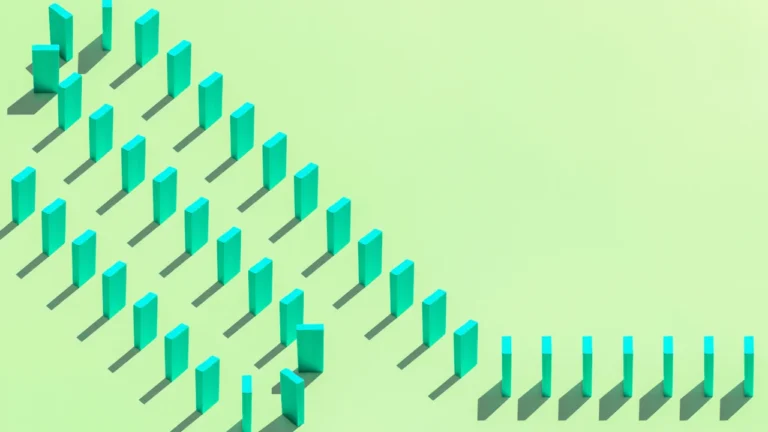
Instead of teens simply putting down their phones to take a break, TikTok wants them to use the app’s new breathing exercises and affirmation journal to improve their well-being.
Over the past couple of years, a growing number of legislators have been proposing or enacting laws to restrict or limit minors’ access to social media apps in order to protect children’s and teens’ mental health.
TikTok has other ideas on how to boost well-being—without ever leaving the app. This week, it launched a Time and Well-Being space within users’ account settings, replacing the existing screen-time management page.
New features in the space include an affirmation journal with more than 120 positive prompts that let users set an intention for the day ahead. (Naturally, they are shareable on social media.)
There’s also a sound generator that can play calming sounds like rain or ocean waves. TikTok cites survey data that those who use the platform are 14% more likely than nonusers to listen to music to help them sleep or relax.
The page will also feature a breathing exercise module and content from creators who discuss topics including limiting screen time, utilizing parental tools, and customizing feeds.
The company said that during its early testing, more people visited the new well-being screen versus the previous version of the screen-time menu. The affirmation journal has reportedly been the most popular tool.
To incentivize users to prioritize their well-being while using the app, badges will be given to those who complete “well-being missions,” which include meditating on the app and sticking to a self-imposed screen-time limit. In a blog post, TikTok said that tens of millions of people have meditated using the tool after it was made available earlier this year.
The company also said that it will prompt people to visit the Time and Well-Being section of the app settings if they use the app during designated “sleep hours.”
Considering how much time teens spend on TikTok, prioritizing their well-being while on the app is paramount. According to the Pew Research Center, 6 in 10 U.S. teens visit TikTok daily, and 16% say they use it almost constantly.
However, these latest features may simply be a case of rearranging deck chairs on the Titanic. Last year, more than a dozen states sued TikTok for its allegedly addictive algorithm, claiming it was deliberately designed to keep young people hooked on the app.
These tools are meant to improve safety and well-being on the platform, particularly for teenagers. Yet, if you have to turn to deep breathing or be incentivized to stay off an app, it just might be the app that is the problem.


